Results
-
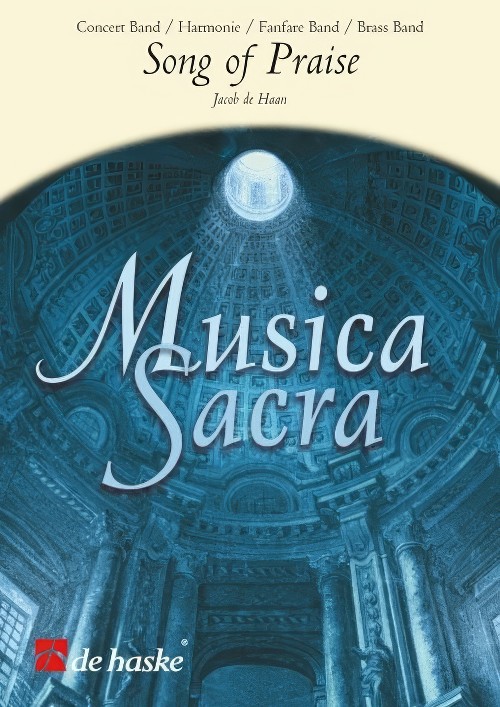 £74.99
£74.99Song of Praise (Concert Band - Score and Parts) - De Haan, Jacob
Songs of Praise is a beautiful adaptation of a Netherlands church melody to Psalm 150. The composer Jacob de Haan shows his deft hand at arranging by setting the melody in creative and varied instrumentations. His Songs of Praise is perfectly suited to worship or indeed as a concert intermezzo.Duration: 2:00
Estimated dispatch 7-14 working days
-
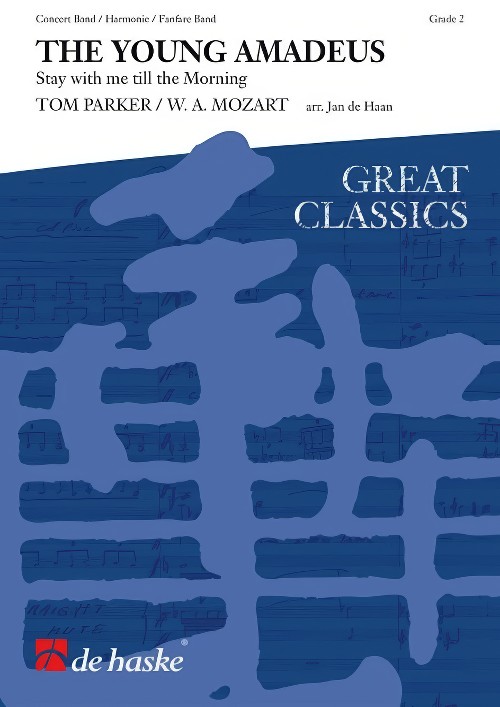 £74.99
£74.99The Young Amadeus (Concert Band - Score and Parts) - Mozart, Wolfgang Amadeus - De Haan, Jan
Based on the famous melody from the Adagio movement of the Clarinet Concerto by Wolfgang Amadeus Mozart, this work has a beautiful lyrical quality to it. Compositions of this nature require the ability to play with great expression. The wonderful talent and genius of Mozart is clearly perceptible in this unforgettable melody.Duration: 3:30
Estimated dispatch 7-14 working days
-
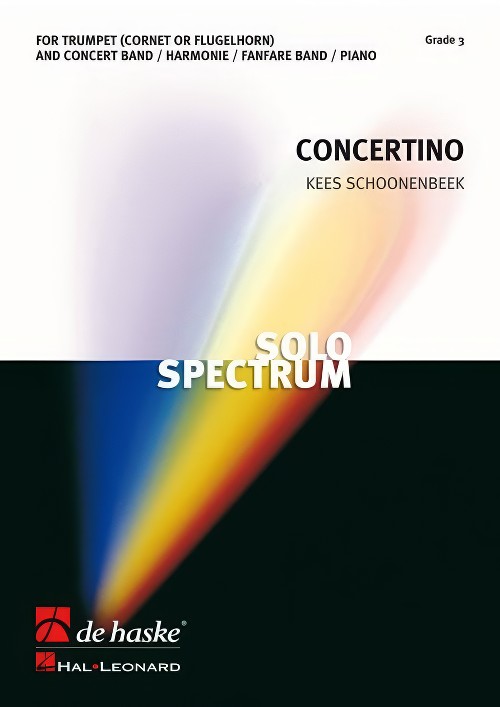 £104.99
£104.99Concertino (Trumpet Solo with Concert Band - Score and Parts) - Schoonenbeek, Kees
The first movement of this work, an Allegretto, begins with a fanfare-like opening. After a number of other melody lines, a reprise of the beginning follows, which ends in a cadenza for the soloist. Movement two, titled Rituel, is characterized by interplay between the soloist and the band within a stately melody. In the final movement, the theme of the first movement's opening returns. As the indication 'alla marcia' of the last movement suggests, this Allegro Giocoso contains march-like music that guarantees a lively conclusion. With Concertino, Kees Schoonenbeek has written an appealing work that is very suitable for a beginner soloist. It is also available for trumpet and piano.Duration: 9.00
Estimated dispatch 7-14 working days
-
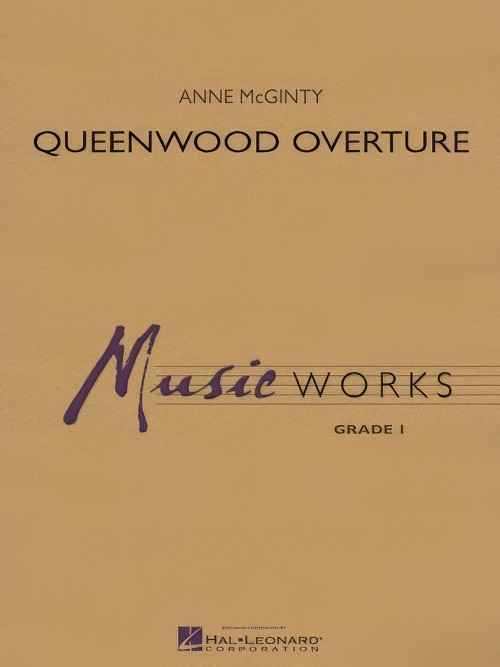 £53.50
£53.50Queenwood Overture (Concert Band - Score and Parts) - McGinty, Anne
Ingeniously built on a single melodic fragment first stated by the trumpets, the opening section of this very easy overture alternates between a bold full band statement and a more lyrical melody in the woodwinds. A contrasting slow section features a flowing melody in the woodwinds with trumpet answering statements before returning to the fast tempo. First published in 1984, this is a proven winner for beginning bands.
Estimated dispatch 7-14 working days
-
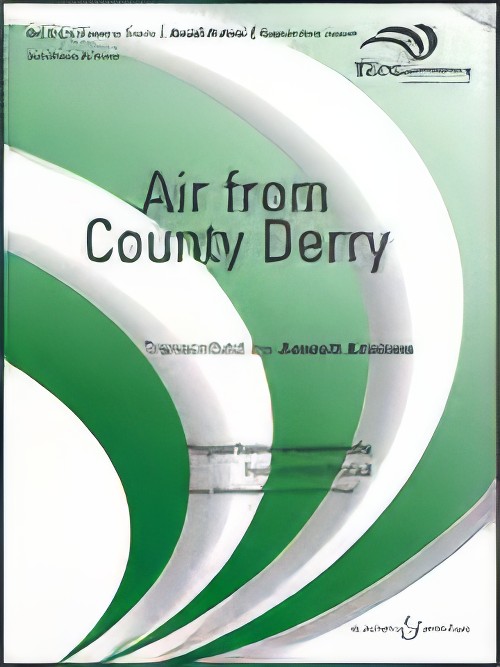 £58.50
£58.50AIR FROM COUNTY DERRY (Windependence) - Kreines, Joseph
This striking orchestration of the Northern Irish melody that underlies the song "Danny Boy" offers intermediate bands an opportunity to explore the tune's soaring beauty through colourful phrasing and rich harmonic motion. The melody is passed around to each section, creating a true ensemble work. (3:20)
Estimated dispatch 7-14 working days
-
 £89.99
£89.99Artemis Wind Band Set (Score & Parts)
Artemis is the Greek goddess of hunting and forests. In western art she is often pictured with deer, lions or bears with a bow in her hand. The tempo of this march is stately and the themes are "concertante" in character making Artemis best suited as a concert march rather than a street march. Technically this march is not too difficult although at times some dexterous fingering is necessary. The trio melody is especially lyrical and offers various sections within the band the possibility to show off their skill in playing the expressive melody. This excellent new concert march is sure to become a classic and be performed time and time again. 0:04:00
Estimated dispatch 7-14 working days
-
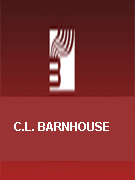 £33.66
£33.66Ashford Variations (Concert Band - Score and Parts)
You'll quickly fall in love with this great little rock tune based on a very famous melody by J.S. Bach. First stated by the woodwinds in a legato 3/4 style, the melody soon is revamped in 4/4 and a medium rock style. Excellent materials for the end of the first year or second year students. Very attractive as a concert piece. This theme will be familiar to your concert audience.
Estimated dispatch 7-14 working days
-
 £84.99
£84.99Bundeslied Wind Band Set (Score & Parts)
The melody of Bundeslied originates from Mozart's' Frimaurerkantate (KV62) from 1791. However research has shown evidence that it was probably composed by Johann Holzer, a freemason brother of his, but there is no definite evidence for this. Following the Second World War this melody was used as the basis for the new Austrian national anthem. Micheal Bilkes has adapted this beautiful, stately hymn for concert band. The result is a captivating work for both performers and audience.
Estimated dispatch 7-14 working days
-
£68.99
Celebrations (Concert Band - Score and Parts)
This stately march was composed to mark any celebration and more specifically the anniversary of the foundation of a band. The main theme is a wonderful legato melody which is interrupted several times with flowing arpeggios. Following a regal trio melody the main theme returns with a triumphal feel. A great new march for use at any celebration. 03:00
Estimated dispatch 7-14 working days
-
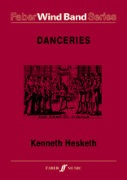 £105.00
£105.00Danceries (Set I) (Concert Band - Score and Parts) - Hesketh, Kenneth
The term 'Danceries' can be found in a copy of Playford's Dancing Master, an extensive collection of folk and popular tunes of the seventeenth century (and no doubt earlier). This publication was used by master fiddle players to teach the various dance steps of the day to a nobleman's house or a king's court. Whilst this present set of 'Danceries' cannot be said to be an aid to terpsichorean agility, it will at least set feet tapping! The melodies themselves are a mixture of new and old--well, nearly. Where the old occurs it has been adapted in mood and composition and is often interspersed with completely new material. The harmonies and rhythms bring a breath of the new into these themes and add to the drama of the set.Movement 1: Lull me beyond thee. Gentle and lilting, almost a barcarole, this movement is very much a reverie. The original tune had the name 'Poor Robin's Maggot' - a rather disconcerting title; maggot, however, in seventeenth-century parlance meant whim or fancy. This theme can also be found in The Beggar's Opera by John Gay (first performed in 1728) under the title 'Would you have a young lady' (Air 21).Movement 2: Catching of Quails. A colourful, buoyant scherzo on an original melody. The thematic material is shuttled around the band to contrast with full-bodied tuttis. The last few bars fade away to almost nothing before a final surprise!Movement 3: My Lady's Rest. A tender pavane, also on an original theme, with Moorish leanings. Solos for principal winds and brass contrast with warmer tutti passages. The movement culminates with a final presentation of the theme before evaporating in held flute and trumpet chords.Movement 4: Quodling's delight. The final movement to the set combining one of the melodies from Playford's Dancing Master ('Goddesses') with an original contrasting melody. A dramatic and exuberant ending to the set of 'Danceries'.Duration: 12.00
Estimated dispatch 7-14 working days
